Politics, protest and potential: the Barbican explores the power of textiles in art
Unravel: The Power and Politics of Textiles in Art’ at the Barbican Centre in London explores how far the medium has evolved in the last sixty years
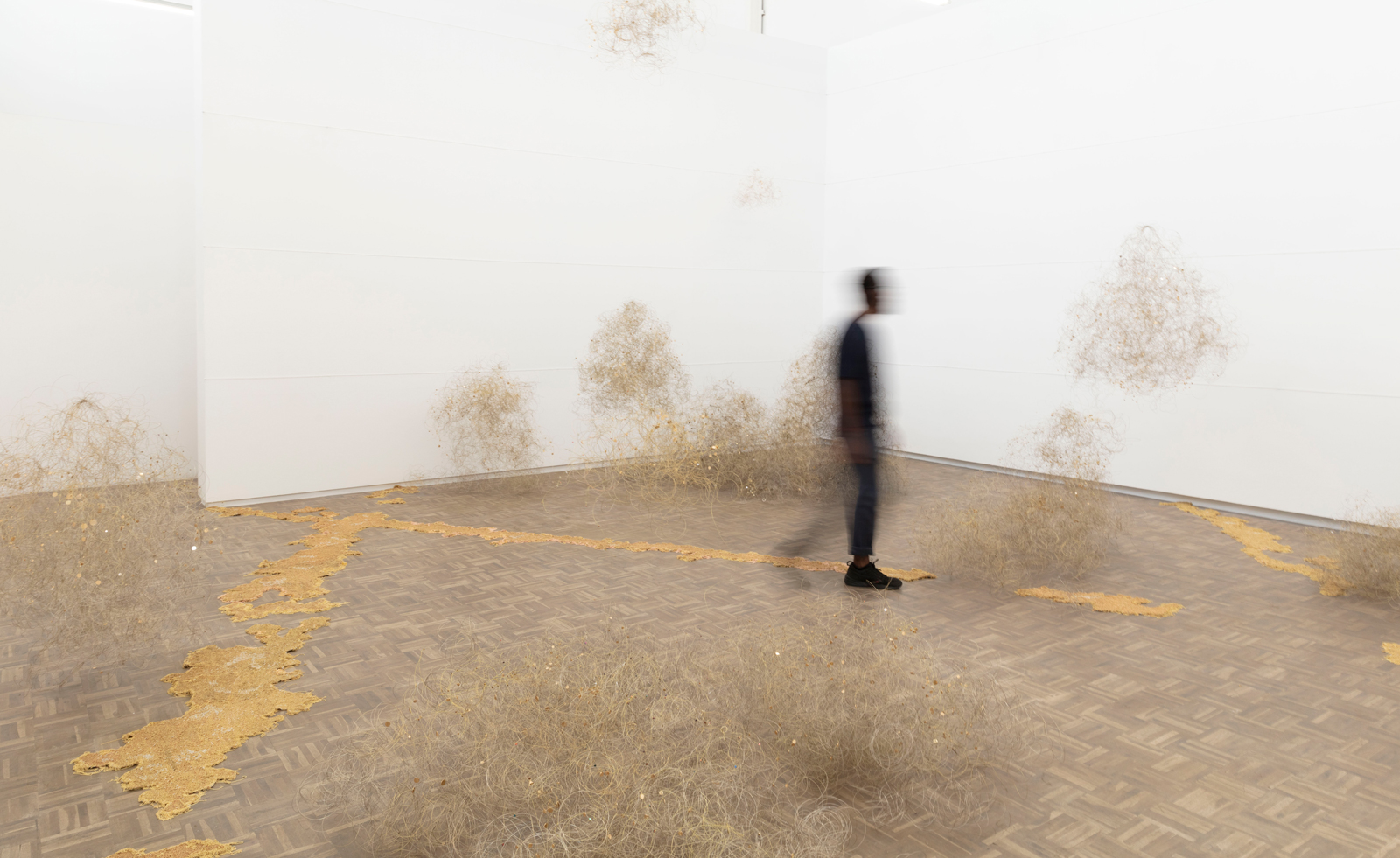
Textiles have often been saddled with restrictive definitions around craft and gender stereotypes, when in fact, they have formed some of the most radical and progressive works of the last century. Many artists have played with these definitions, creating subversive feminist works and expansive sculptural forms. ‘Unravel: The Power and Politics of Textiles in Art’, a show of 50 intergenerational artists at the Barbican Centre in London, explores quite how far the medium has evolved in the last sixty years.
“It’s a really capacious, expansive view of what textiles are,” says assistant curator Diego Chocano. “I hope viewers are surprised about what we are considering to be textile practice, because a lot of the artists are trying to push those boundaries and expand.” The works address issues of violence and colonialism, as well as ideas around love, hope and resistance. The show brings together long-established and emerging names from around the world, including Faith Ringgold, Cecilia Vicuña, Billie Zangewa, Louise Bourgeois, Ghada Amer and Tracey Emin.
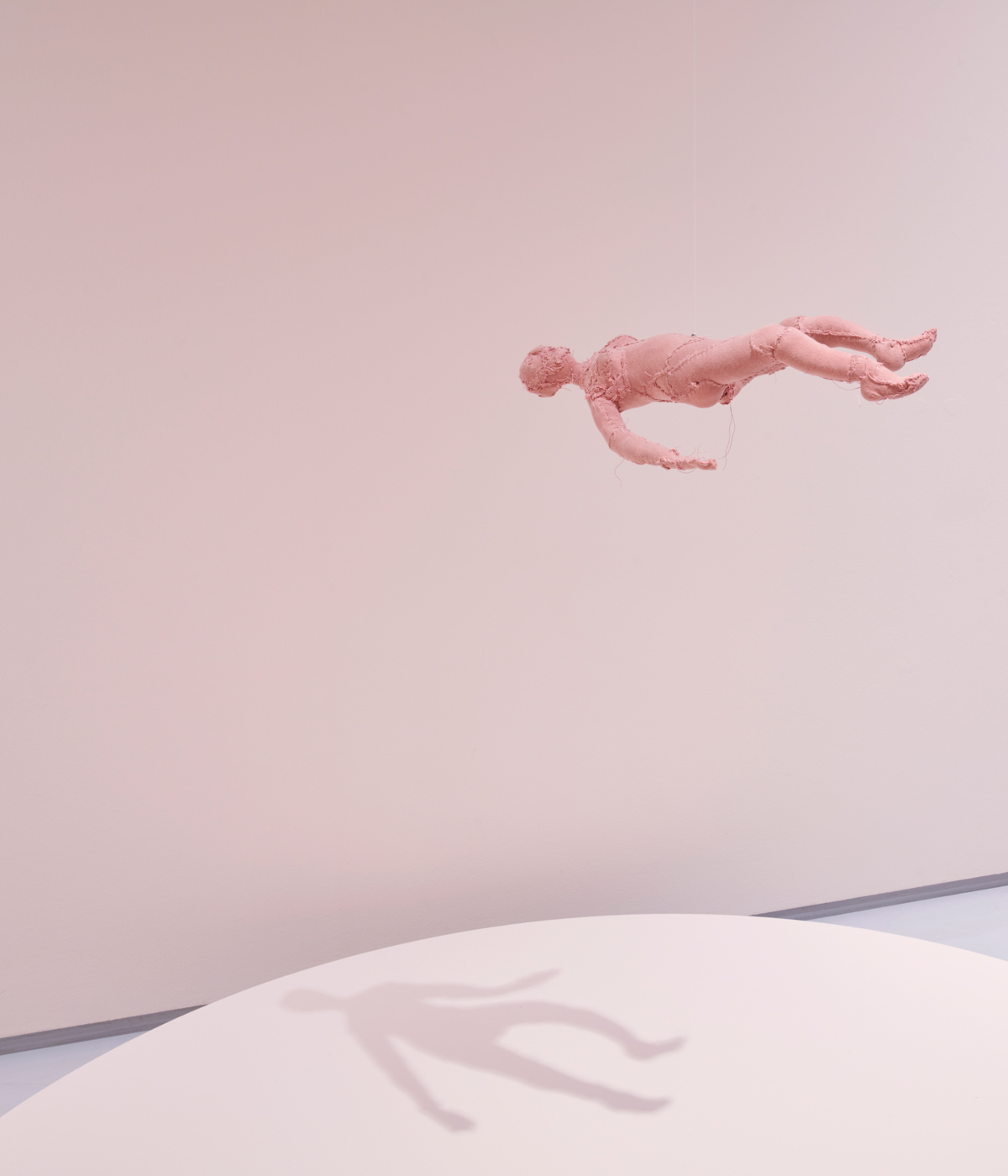
The 1960s is a key starting point, when many artists were experimenting with the political power of textiles in line with second wave feminism, the ongoing civil rights movement, protests against the Vietnam war, and the hippie subculture. “Although we’re not talking specifically about the hippie movement in the show, I do think that influenced a lot of the artists,” says Chocano. “Using tapestry to protest was a big thing in the 1960s. This is something Violeta Parra was doing. She was very aware of what was happening in the US and was also inspired by Latin America’s rich history of using textiles. The 1960s was a moment when textiles as an art movement was coming off the walls and becoming three-dimensional.”
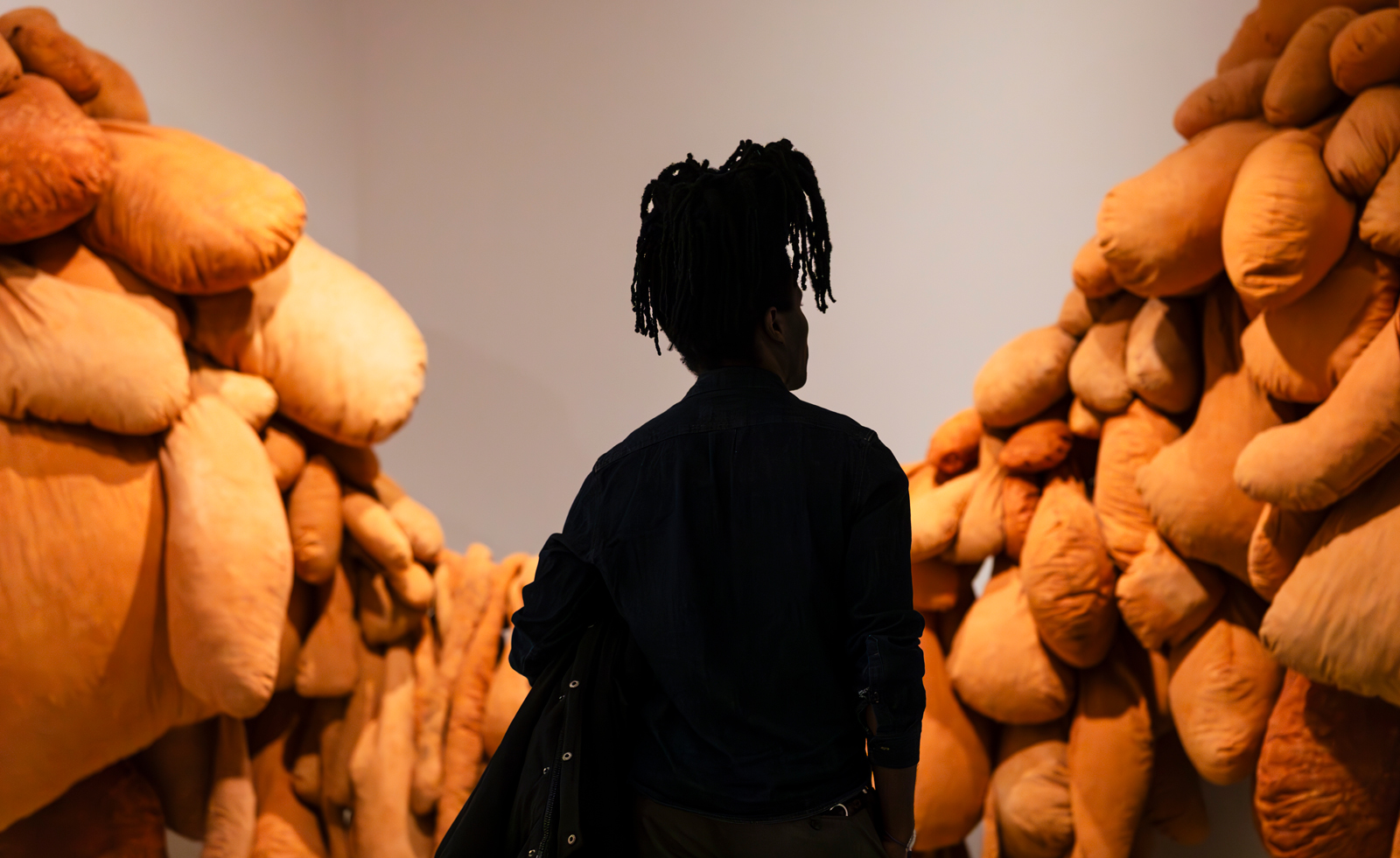
The power of textiles not only to protest but also to protect is an unexpected angle in the exhibition. Throughout history, fabric has been used to wrap both new-born babies and dead bodies, offering warmth and comfort, respect and shielding. In his lifetime, Feliciano Centurión worked with blankets found in markets, which he would write poetic refrains onto. These pieces embodied ideas of shelter and refuge, at a time in which the artist was dying from AIDs-related complications. Chocano tells me that the act of sewing in this part of the artist’s life was healing in itself. For many included in the show, the slow and methodical process of stitching is an act of self-care.
There is a section also exploring the idea of wounds and repair, where the stitch might be used to bring together pieces of fabric or parts of flesh. These ideas are expanded out in some works to explore the idea of repairing communities and countries. Chocano highlights the work of Angela Su, who addresses the divides between Hong Kong and mainland China, with stitching and repair as a metaphor for scarring. “We look not just at this beautiful, romanticised version of it, but also how to repair and stitch means puncturing a hole, piercing,” he says. “To repair or mend can actually be a very painful thing.”
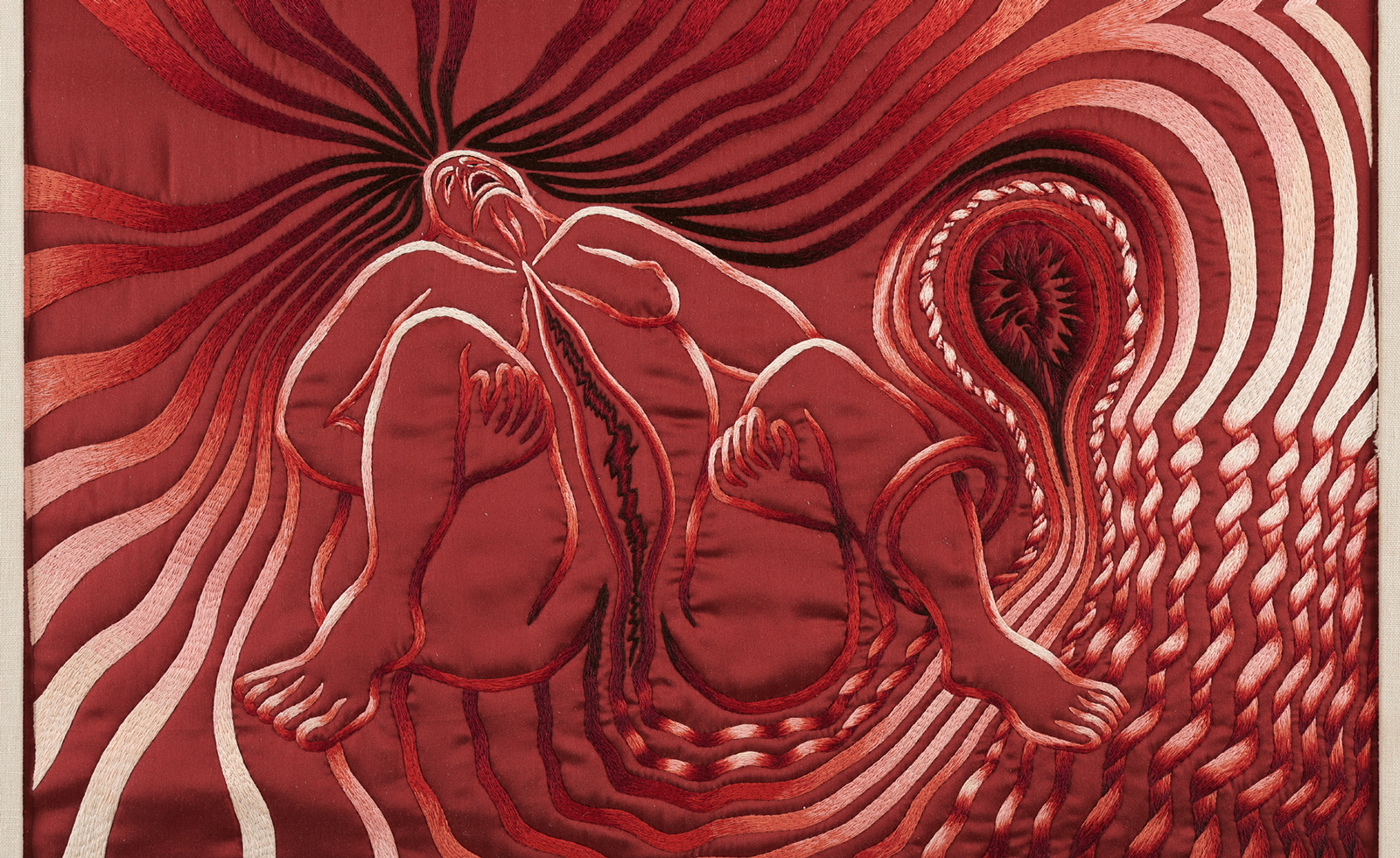
Of course, for many contemporary artists, the ethics of fabric production within the context of environmental collapse is an important one. In many cases, the medium is the message, with artists choosing sustainable, traditional methods to work with. Their processes often go against the neo-liberal idea of producing in the quickest way possible. Yee I-Lann, for example, works with a community of weavers in Borneo, creating woven mats that would have been used in pre-colonial times to eat and sleep on.
While the exhibition highlights the recent history of textiles in art, Chocano has one eye on the future, recognising that the medium is only going to keep expanding. “We are beginning to see how much textile work is in museum programming now,” he says. “At Frieze London last year, there was so much textile work. That’s not to say it still doesn’t carry this baggage. Less and less so, but there is still this idea that it’s women’s work. A lot of what we’re trying to do is look at how artists have harnessed this baggage for their own subversive ends.”
Wallpaper* Newsletter
Receive our daily digest of inspiration, escapism and design stories from around the world direct to your inbox.
'Unravel: The Power and Politics of Textiles in Art’ at the Barbican Centre is on until 26 May
Emily Steer is a London-based culture journalist and former editor of Elephant. She has written for titles including AnOther, BBC Culture, the Financial Times, and Frieze.
-
 Put these emerging artists on your radar
Put these emerging artists on your radarThis crop of six new talents is poised to shake up the art world. Get to know them now
By Tianna Williams
-
 Dining at Pyrá feels like a Mediterranean kiss on both cheeks
Dining at Pyrá feels like a Mediterranean kiss on both cheeksDesigned by House of Dré, this Lonsdale Road addition dishes up an enticing fusion of Greek and Spanish cooking
By Sofia de la Cruz
-
 Creased, crumpled: S/S 2025 menswear is about clothes that have ‘lived a life’
Creased, crumpled: S/S 2025 menswear is about clothes that have ‘lived a life’The S/S 2025 menswear collections see designers embrace the creased and the crumpled, conjuring a mood of laidback languor that ran through the season – captured here by photographer Steve Harnacke and stylist Nicola Neri for Wallpaper*
By Jack Moss
-
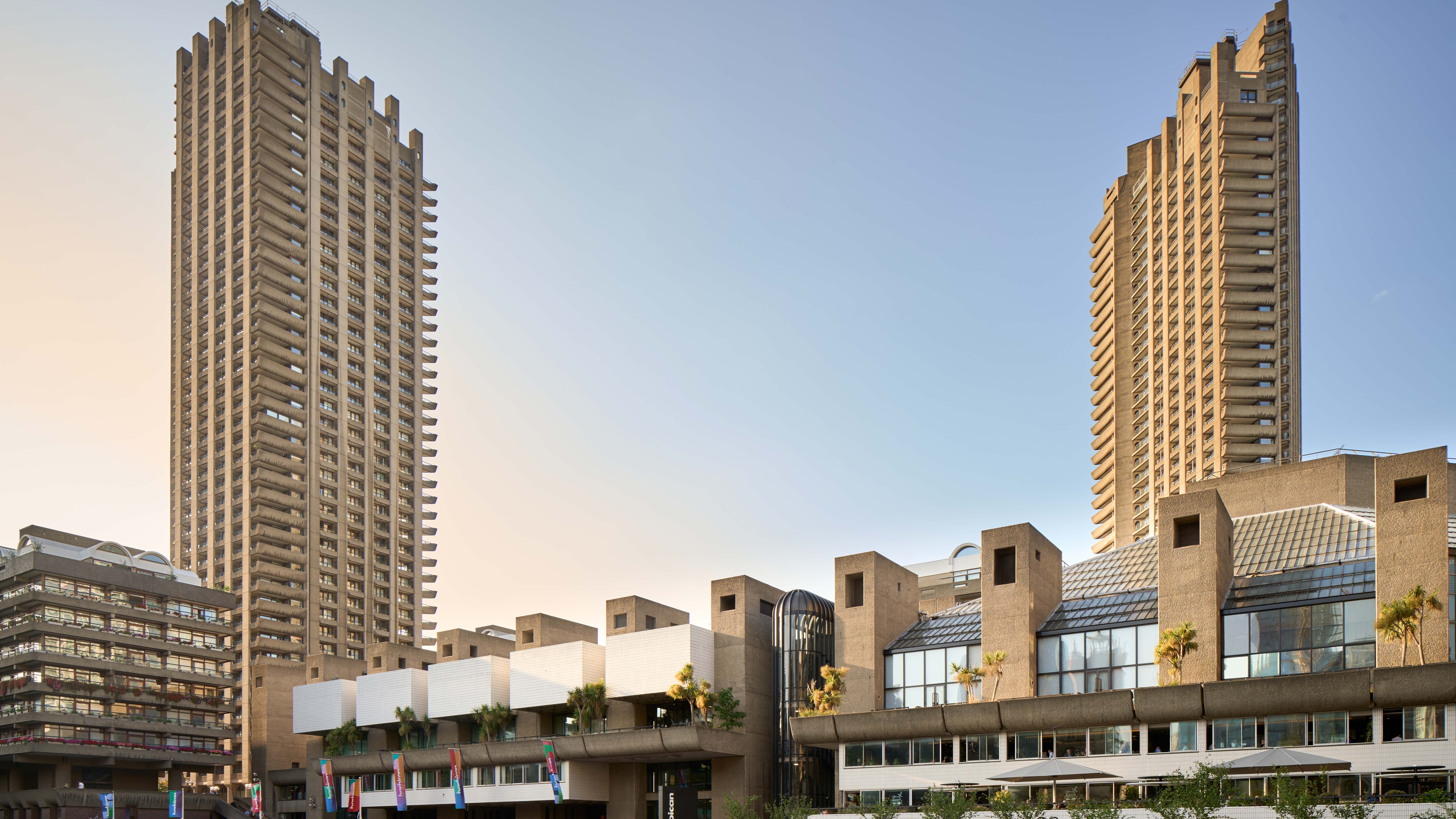 The Barbican as muse: composer Shiva Feshareki on bringing the brutalist icon to life through music
The Barbican as muse: composer Shiva Feshareki on bringing the brutalist icon to life through musicFor the last two years, British-Iranian experimental composer and turntablist Shiva Feshareki has been drawing on the Barbican’s hidden history as a gateway for her new piece. She talks to Wallpaper* about her Brutalist muse
By El Hunt
-
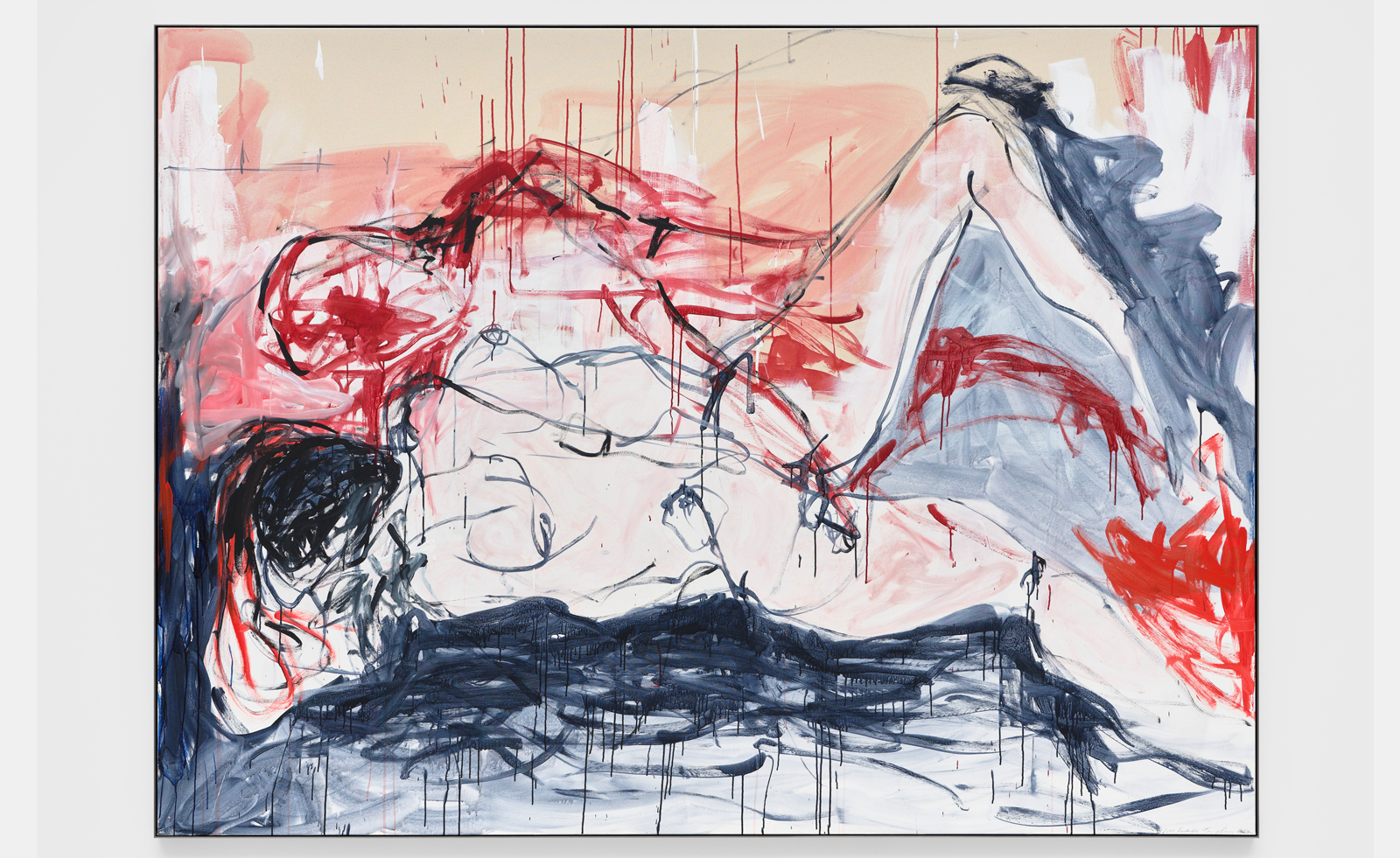 ‘This blood that is flowing is my blood, and that should be a positive thing’: Tracey Emin at White Cube
‘This blood that is flowing is my blood, and that should be a positive thing’: Tracey Emin at White CubeTracey Emin’s exhibition ‘I followed you to the end’ has opened at White Cube Bermondsey in London, and traces the artist’s journey through loss
By Hannah Silver
-
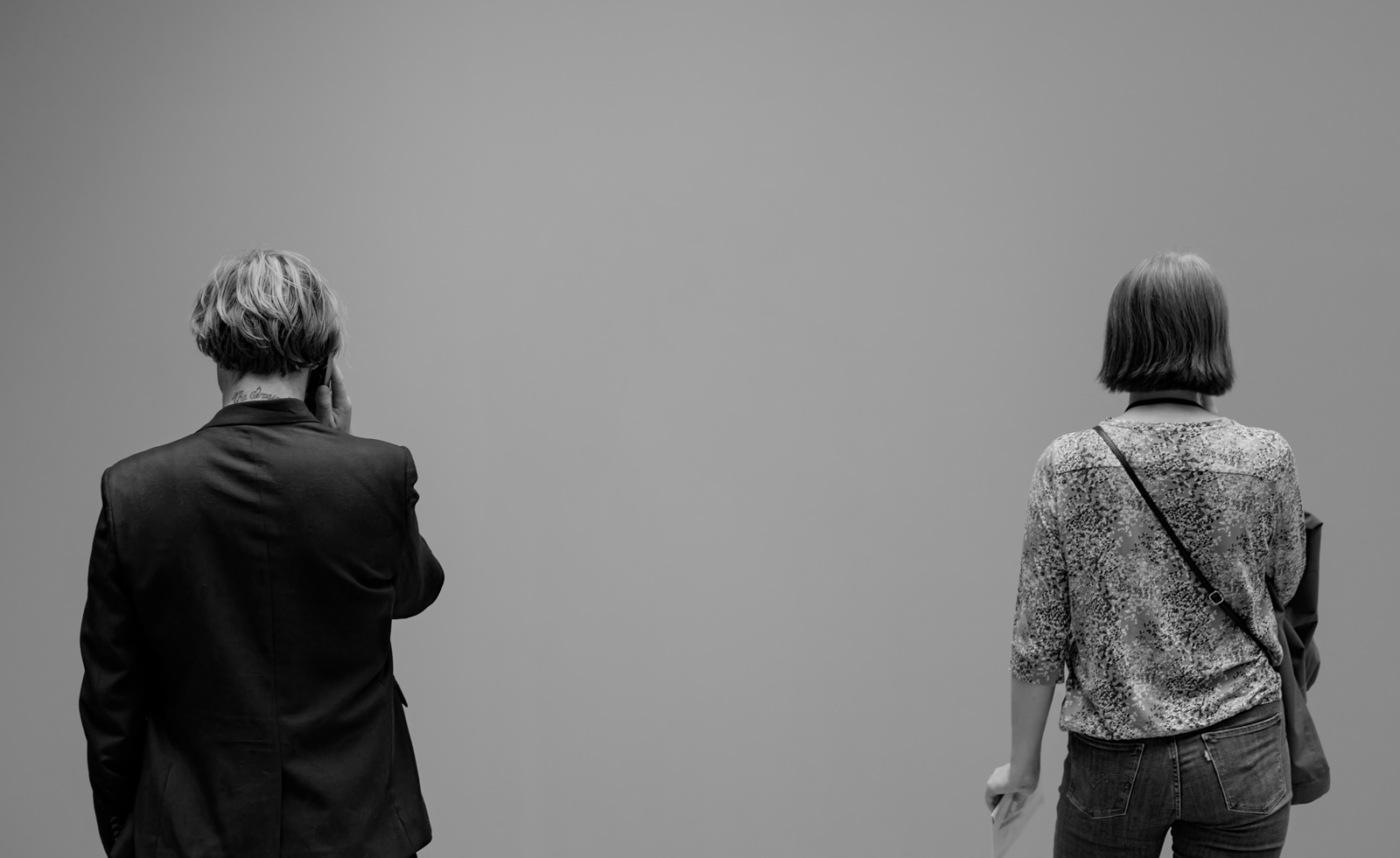 Looking at people looking at art: inside the mind of a gallery attendant
Looking at people looking at art: inside the mind of a gallery attendantVisitor experience workers at London’s Tate Modern, Serpentine, Barbican and V&A share what it’s like to watch people looking at art during a time of changing attention spans and rising vandalism
By Kyle MacNeill
-
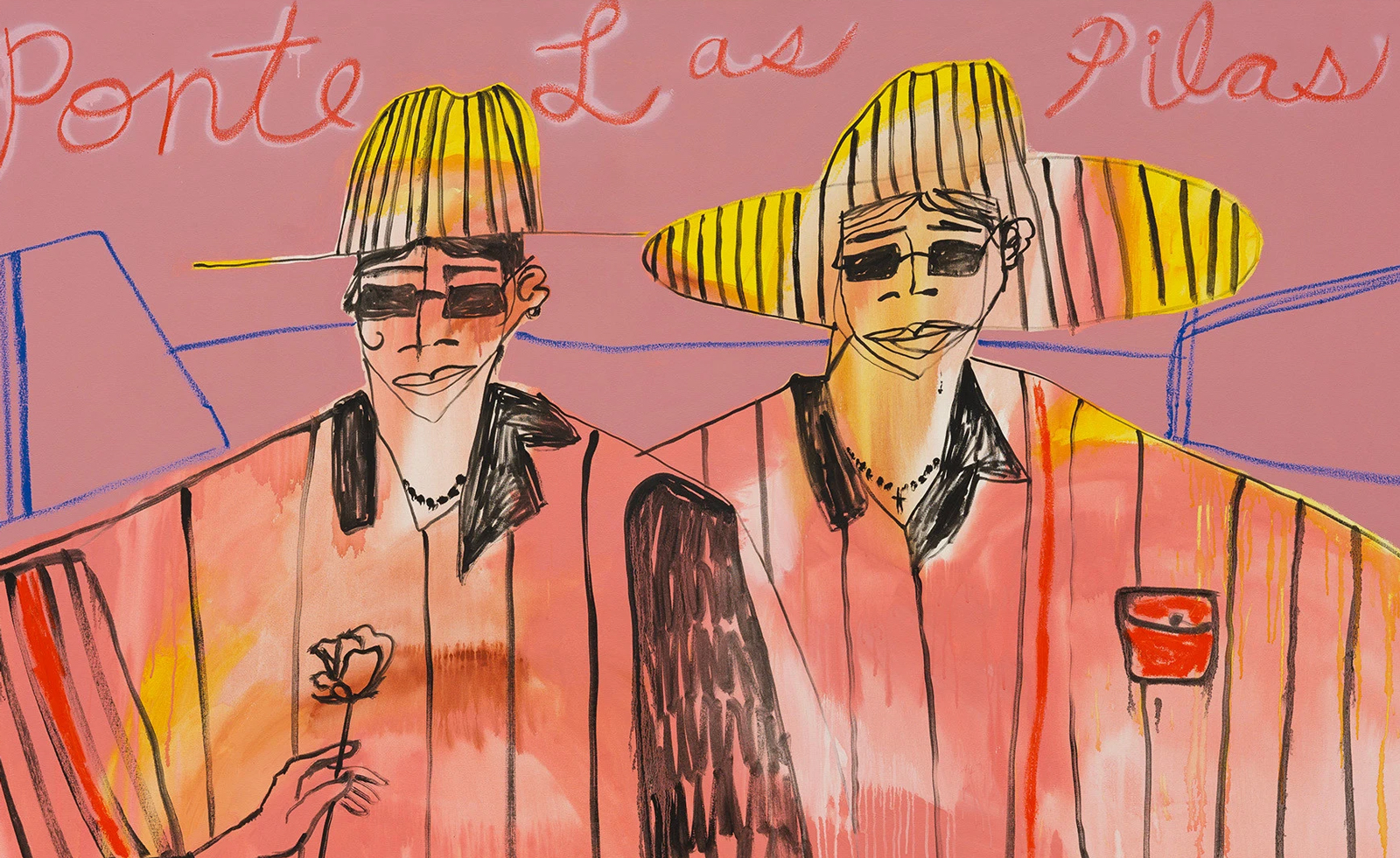 Studio Lenca nods to Salvadorian heritage with riot of colour in Margate
Studio Lenca nods to Salvadorian heritage with riot of colour in MargateStudio Lenca considers boundaries in ‘Leave to Remain’ at Carl Freedman Gallery in Margate
By Emily Steer
-
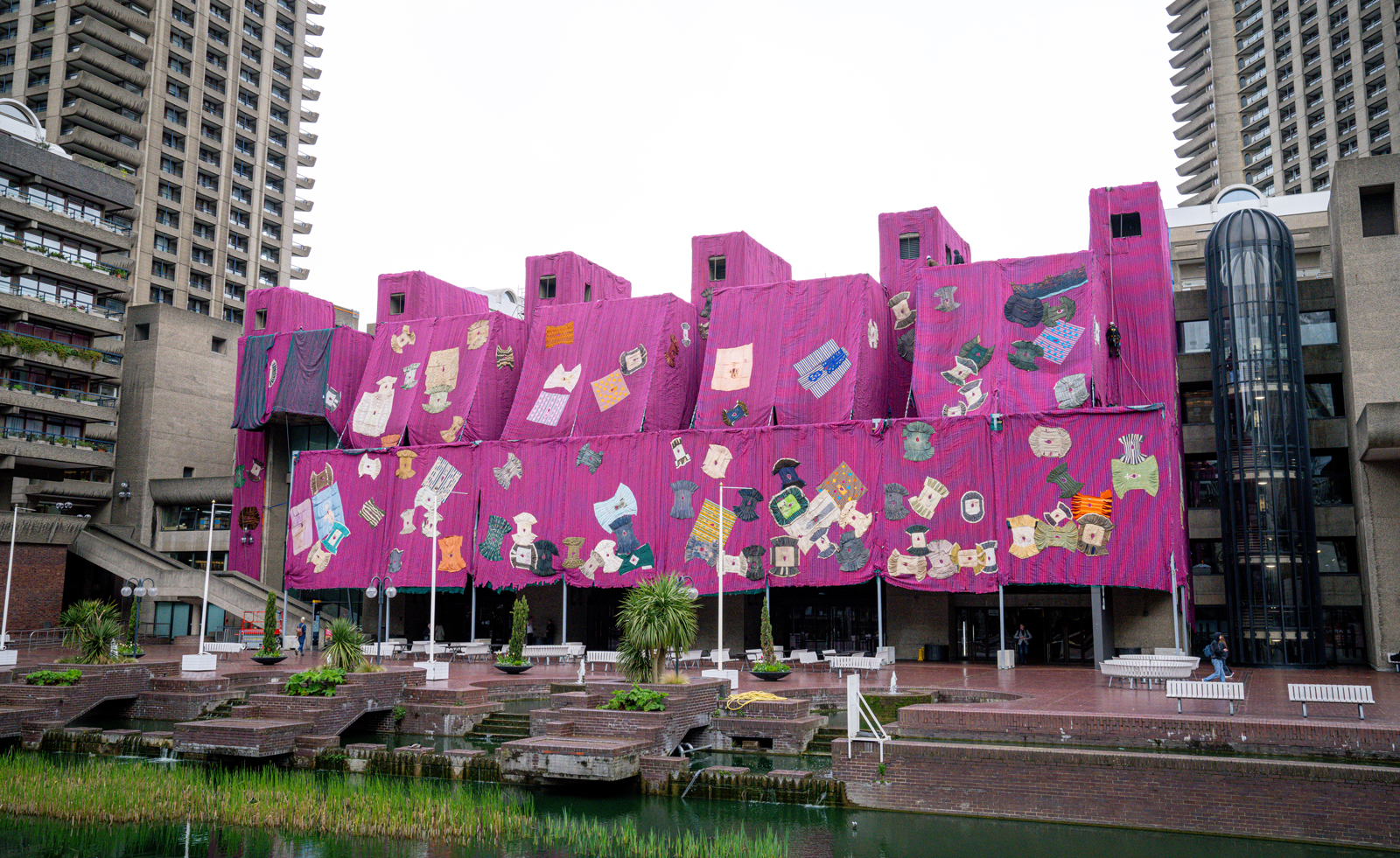 Ibrahim Mahama tells us why he has covered the Barbican in pink fabric
Ibrahim Mahama tells us why he has covered the Barbican in pink fabricIbrahim Mahama's 'Purple Hibiscus' has transformed the Barbican’s Lakeside Terrace
By Hannah Silver
-
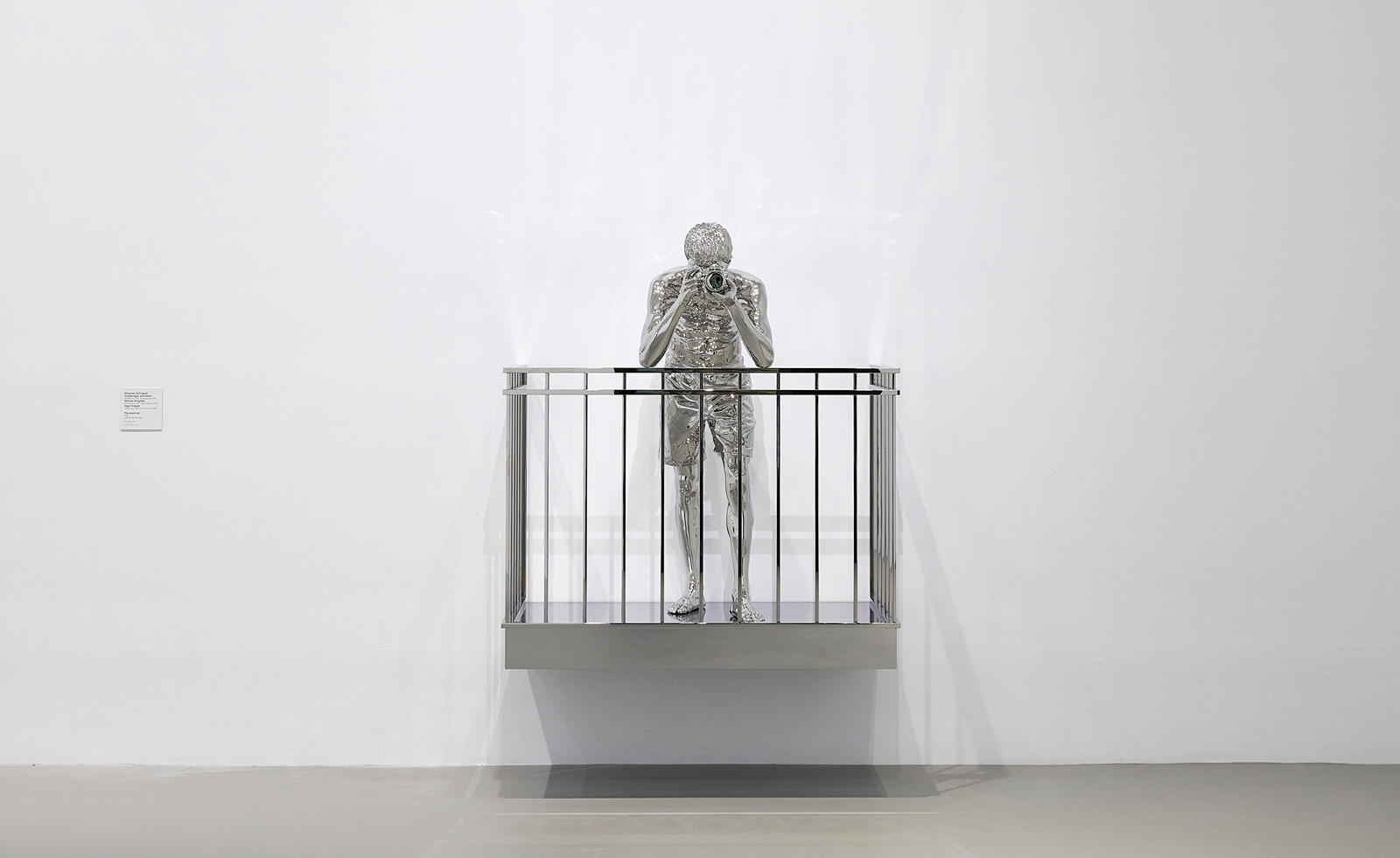 At Melbourne’s NGV Triennial 2023, artists consider magic, matter and memory
At Melbourne’s NGV Triennial 2023, artists consider magic, matter and memoryMelbourne’s NGV has opened its third triennial, uniting art, design and architecture from around the world
By Elias Redstone
-
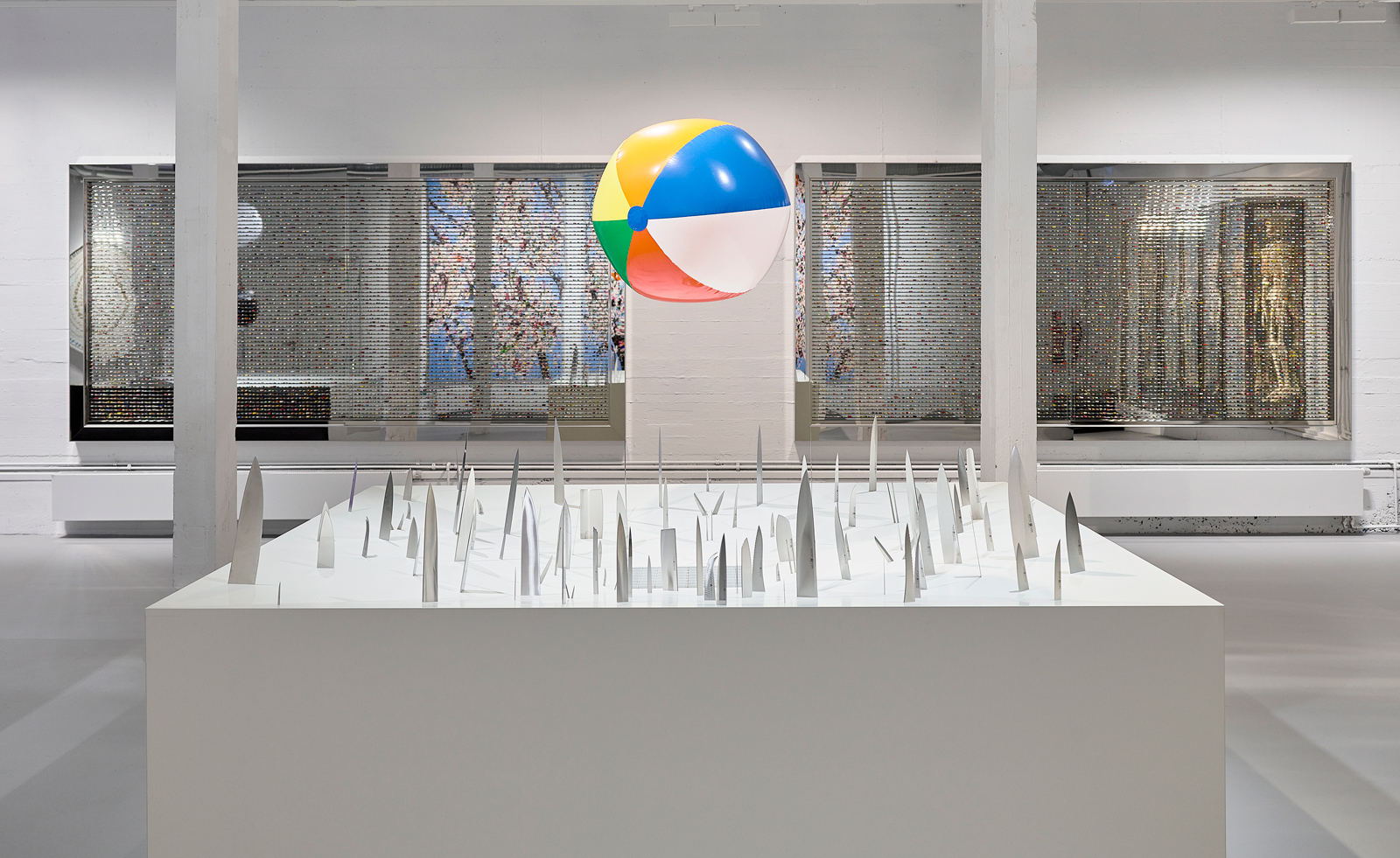 The Weight of Things: Damien Hirst curates his retrospective in Munich
The Weight of Things: Damien Hirst curates his retrospective in MunichThe Weight of Things, at The Museum of Urban and Contemporary Art, Munich (MUCA), was curated by Hirst himself and comprises work spanning four decades
By Amah-Rose Abrams
-
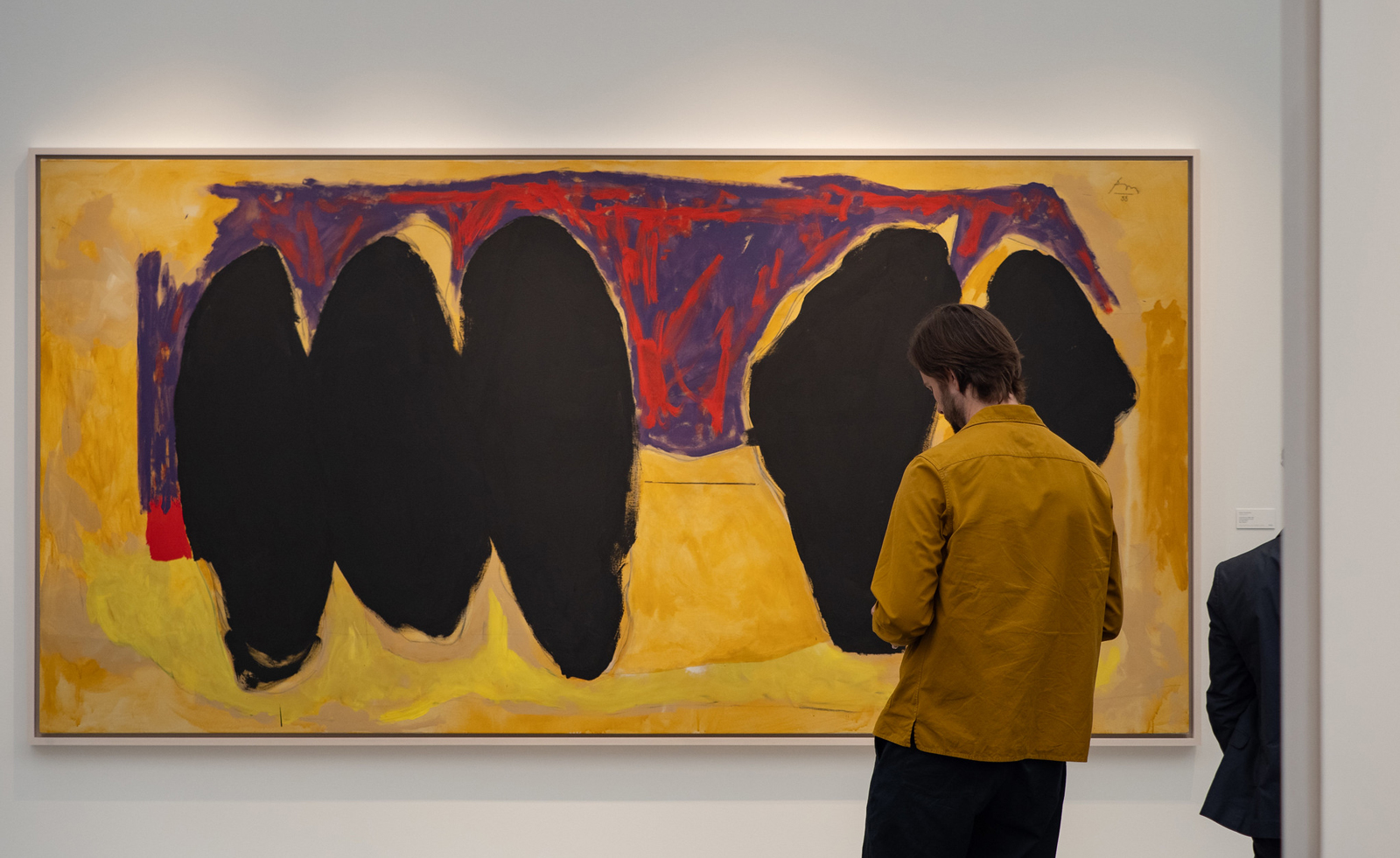 Frieze London 2023: what to see and do
Frieze London 2023: what to see and doEverything you want to see at Frieze London 2023 and around the city in our frequently updated guide
By Hannah Silver